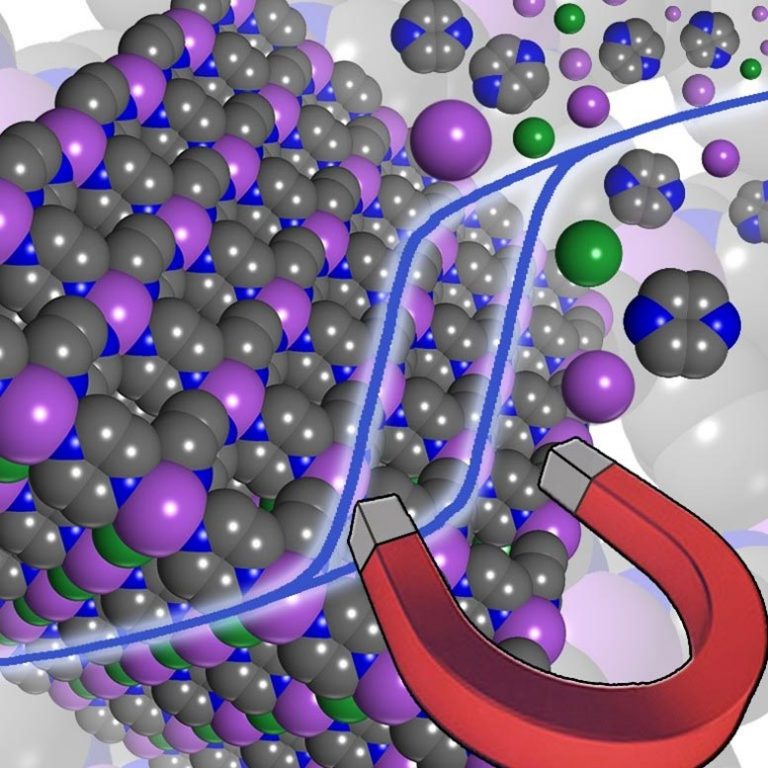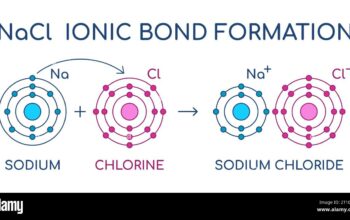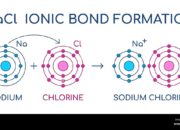The concept of magnetism is typically associated with larger ferromagnetic materials, such as iron, cobalt, and nickel. However, the realm of magnetism extends far beyond these conventional materials, encompassing the intriguing world of molecular magnets. What makes a molecule magnetic? An exploration of this question reveals fascinating insights into the underlying principles and mechanisms that govern molecular magnetism.
At its core, magnetism arises from the behavior of electrons, particularly their spin and orbital motions. Electron spin is a fundamental property, akin to intrinsic angular momentum. Each electron possesses a spin quantum number, which can take on one of two values: +1/2 or -1/2. The collective arrangement of these spins within a material profoundly influences its magnetic properties. In common ferromagnetic materials, the parallel alignment of electron spins underlies the material’s ability to retain magnetization even in the absence of an external magnetic field.
Unlike ferromagnets, molecular magnets often arise from a delicate interplay of both spin and orbital contributions. In certain molecules, the unpaired electrons can exist in specific arrangements that produce net magnetic moments, endowing the molecule with unique magnetic properties. The key to creating a magnetic molecule lies in the design of its electronic configuration, often achieved through deliberate chemical synthesis.
One of the essential criteria for a molecule to exhibit magnetism is the presence of unpaired electrons. Unpaired electrons create a net magnetic moment, while paired electrons tend to cancel each other’s magnetic contributions. Transition metal complexes, where d-orbitals play a pivotal role, frequently serve as the foundation for molecular magnets due to their unpaired electrons. The geometry and coordination environment surrounding these transition metals critically influence the magnetic properties. For example, octahedral coordination can lead to different magnetic behaviors as compared to tetrahedral coordination.
The phenomenon of single-molecule magnetism (SMM) epitomizes the convergence of molecular chemistry and magnetism. SMMs are molecules that can retain magnetic information at the single-molecule level. This promising domain of research is buoyed by the prospects of advanced data storage technologies. The magnetic hysteresis exhibited by some SMMs can sustain magnetization at elevated temperatures, rendering them suitable candidates for practical applications. Recent developments in this field have underscored the potential for engineering molecular magnets that are not only lightweight but also exhibit unprecedented magnetic properties.
Another intriguing aspect of molecular magnetism is the role of intermolecular interactions. The magnetic properties of a material can be significantly influenced by the interactions between individual molecules. Dipole-dipole interactions, exchange coupling, and van der Waals forces can play crucial roles in determining the overall magnetic characteristics of molecular assemblies. For instance, through molecular stacking or the formation of hydrogen bonds, the magnetic behavior of a single molecule may be significantly enhanced or suppressed, altering its potential applications.
Moreover, the exploration of lanthanide and actinide complexes has brought another layer of complexity to the field of molecular magnetism. Lanthanides are characterized by their large spin-orbit coupling, which, combined with their unpaired f-electrons, leads to remarkably strong magnetic anisotropy. The nature of these f-orbitals introduces unique challenges and opportunities in molecular design, offering the potential for high-performance molecular magnets that operate at room temperature—a crucial threshold for technological applications.
The investigation into the magnetic properties of organic molecules has also garnered significant interest. Organic radicals, often featuring unpaired electrons, possess the capacity to function as molecular magnets. The advantages of organic molecules, such as their inherent flexibility and functionalizability, endow them with a vast landscape for exploration in magnetism. Polymers constructed from organic radicals have demonstrated remarkable magnetic behavior, opening avenues for lightweight and flexible magnetic materials suitable for next-generation applications.
The quest for understanding what makes a molecule magnetic is intrinsically linked with advancing materials science and technology. The synthesis of tailored molecular magnets holds profound implications for areas such as spintronics, quantum computing, and medical imaging. Researchers are keenly focused on elucidating the principles governing magnetic interactions at the molecular level to pave the way for innovative applications that could revolutionize how we understand and utilize magnetism.
Moreover, the synthesis of lightweight, molecule-based magnets illustrates a shift in paradigm within the world of materials science. Traditional understanding confines magnetism to heavy, dense materials, yet current research is unraveling a future where molecular components can serve as functional magnets. This revolution not only promises advancements in technology but also challenges long-standing notions and invites deeper inquiries into the unseen realms of molecular interactions.
In conclusion, the question of what makes a molecule magnetic beckons profound exploration of the intricate interplay between electronic structure and molecular geometry. Unpaired electrons, coupling mechanisms, and intermolecular interactions converge to create a vivid tapestry of magnetic phenomena. As researchers continue to delve into this field, the potential for discovering novel molecular magnets remains tantalizingly rich. The evolution of our understanding promises to shift perspectives on magnetism and its applications, hinting at a myriad of possibilities that could reshape our technological landscape.












